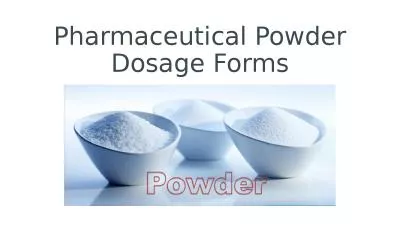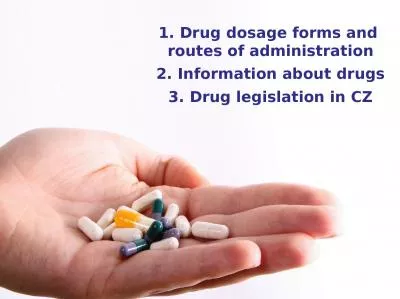PPT-Dosage Form Design Chapter 1
Author : scarlett | Published Date : 2022-06-18
Dr Athmar Dhahir Habeeb PhD in Industrial pharmacy and drug delivery athmar1978uomustansiriyaheduiq athmar1978yahoocom a th marhabeeb12uclacuk Topics covered
Presentation Embed Code
Download Presentation
Download Presentation The PPT/PDF document "Dosage Form Design Chapter 1" is the property of its rightful owner. Permission is granted to download and print the materials on this website for personal, non-commercial use only, and to display it on your personal computer provided you do not modify the materials and that you retain all copyright notices contained in the materials. By downloading content from our website, you accept the terms of this agreement.
Dosage Form Design Chapter 1: Transcript
Download Rules Of Document
"Dosage Form Design Chapter 1"The content belongs to its owner. You may download and print it for personal use, without modification, and keep all copyright notices. By downloading, you agree to these terms.
Related Documents

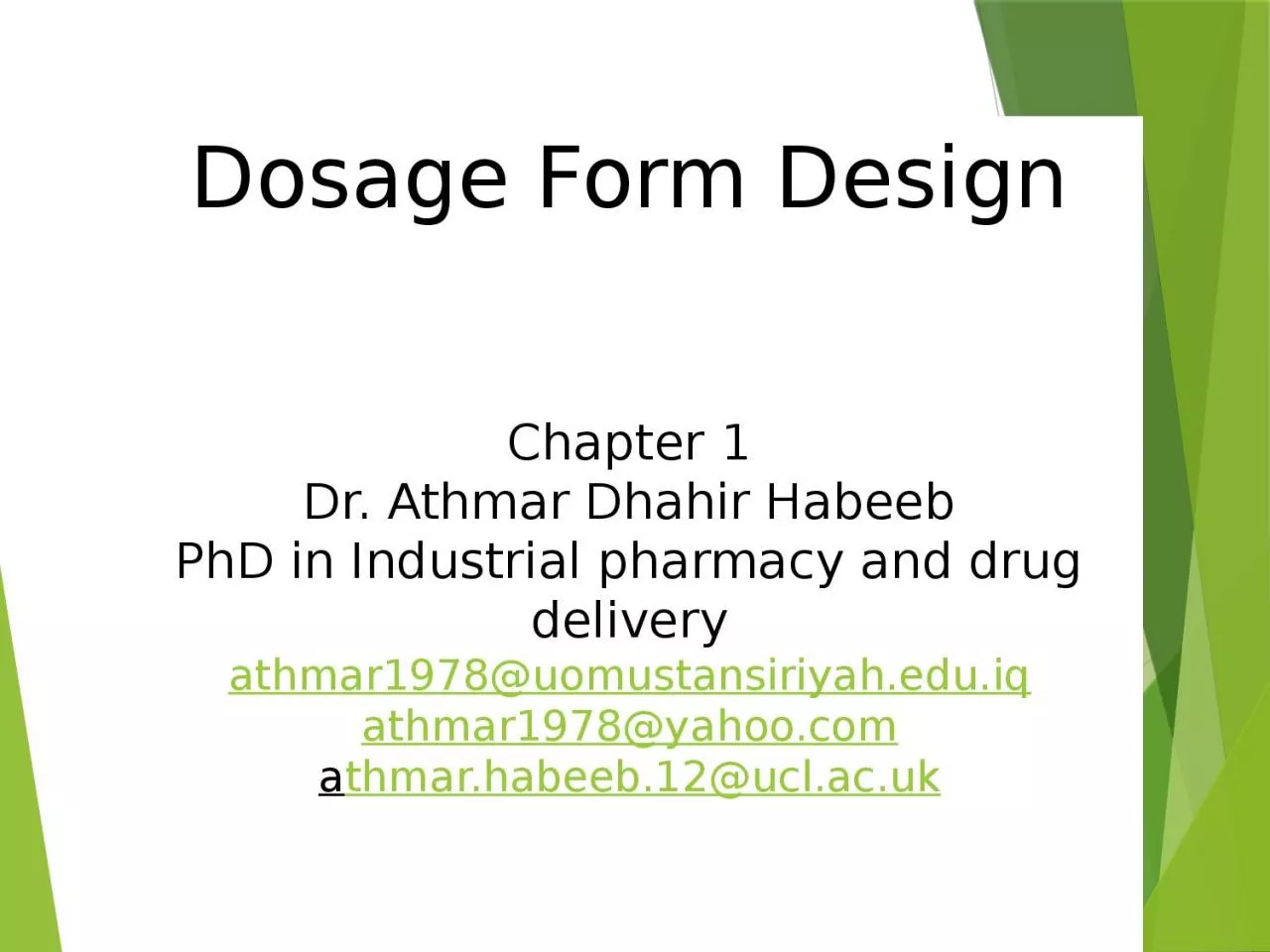
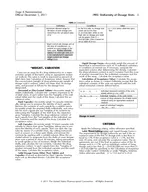
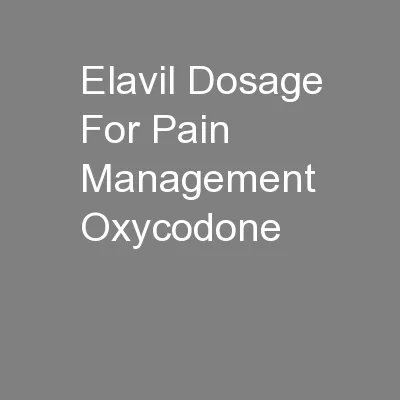
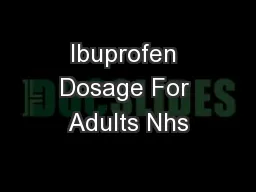


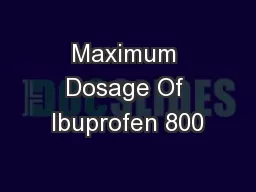
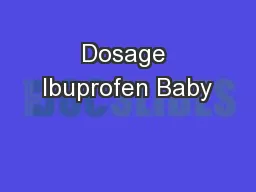

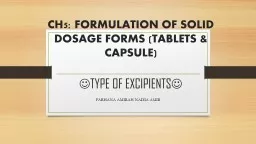
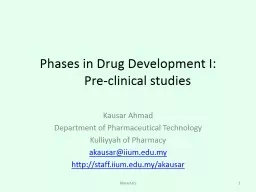
![[DOWNLOAD] Dosage Calculations for Nursing Students: Master Dosage Calculations The Safe](https://thumbs.docslides.com/1005924/download-dosage-calculations-for-nursing-students-master-dosage-calculations-the-safe-easy-way-without-formulas-dosage-calculation-success-series.jpg)
